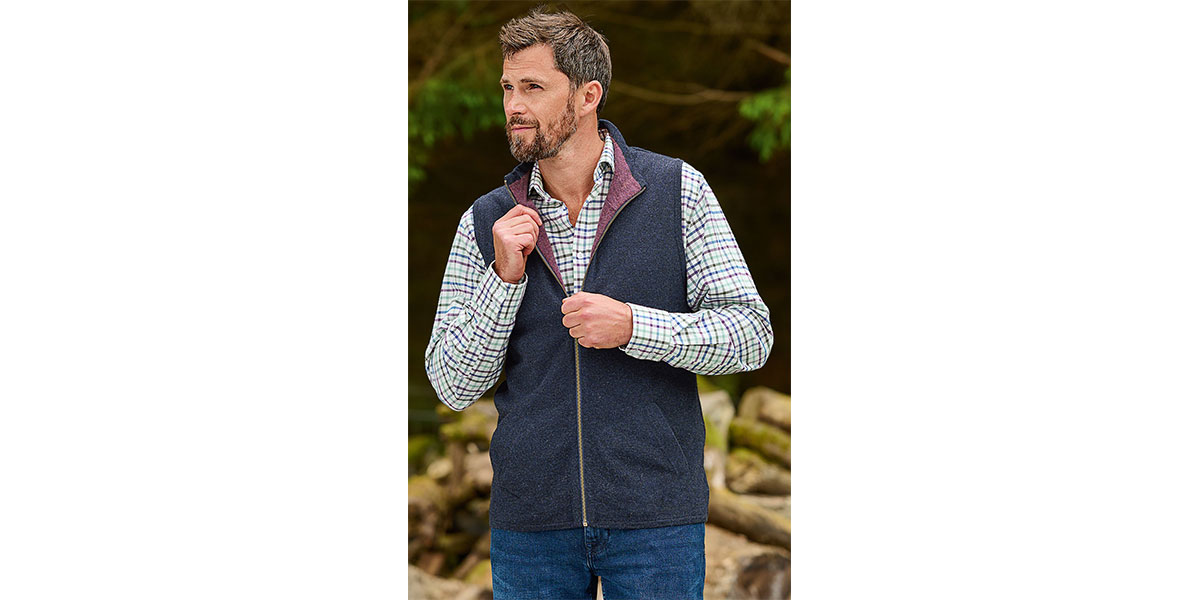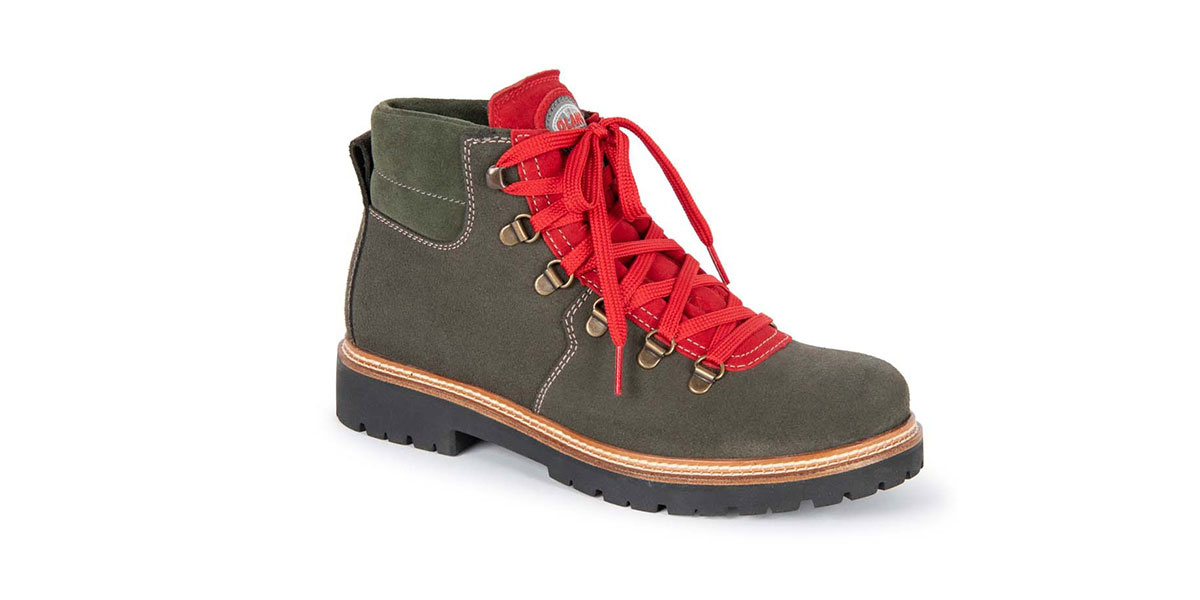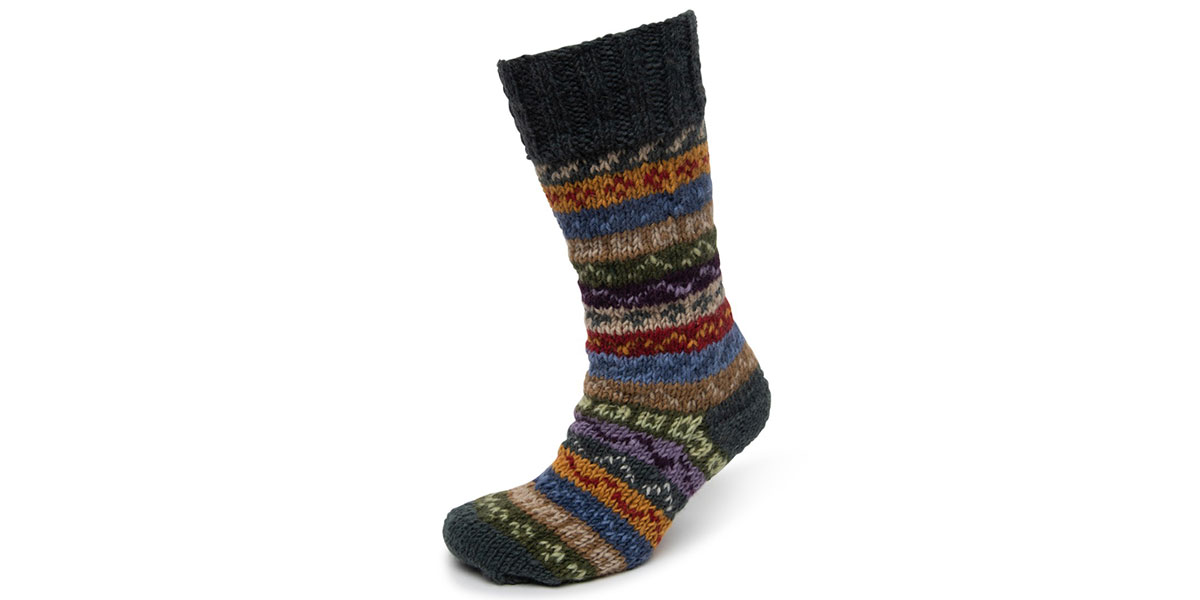Our Expert's Guide to The Best Outdoor Clothing for Exploring Scotland
Scotland’s natural beauty undoubtedly makes it one of the key destinations for those looking to enjoy an outdoor adventure. Whether you’re planning to trek across one of its Great Trails or you simply want to take your loved ones for an afternoon out at your nearest loch, having the proper gear is essential.As country clothing experts here at The House of Bruar, we have plenty of experience in bringing you the best in technical and outdoor attire that’s made to stand up against even the harshest Scottish weather. We spoke with Tom Birbeck, our Buying Director, who shared his expertise on the importance of choosing the right clothing and his best recommendations for what to wear for adventuring in the Highlands and beyond.
The importance of proper outdoor clothing
“While it can be tempting to opt for lower-priced, mass-produced items, choosing premium-quality garments designed by experts in outdoor pursuits is the best way to equip yourself for the Scottish countryside,” explains Tom. “Having the right clothing and equipment is crucial to ensure safety and minimise injury.”“Selected fabrics and designs are specifically chosen as they can stand up to blustery and wet conditions,” says Birbeck. “Brands like The North Face, Patagonia, and Jack Wolfskin are leaders in premium outdoor gear thanks to their use of things like WindWall™ technology, GORE-TEX® fabric, and PrimaLoft Gold insulation – all things to look out for when shopping for outdoor clothing.”
Layering
“The most important thing is that your clothing isn’t restricting your movement,” explains Tom. “Choose items that are comfortable and fit you well.”“You should also think about which fabric will be most suitable for your activities: waterproof outer layers are a must if you’re going to be exposed to changing weather, while cotton base layers will help to regulate your body temperature and wick perspiration from the skin as you walk – even in the winter.”
Seasoned walkers will know the 3-layer system that’s made up of a skin-tight base layer, an insulating middle layer, and a shell layer to shield from wet and windy conditions.
Merino wool is the base layer fabric of choice for many thanks to its exceptionally versatile properties. Along with being incredibly warm and retaining body heat, it wicks away moisture from the skin and is naturally antimicrobial. Pure New Wool is particularly insulating as it is not blended with any other fibres and is solely 100% wool that’s woven for the first time. A long-sleeved pure new merino wool jumper, gilet, or waistcoat is well worth the investment and is sure to be a reliable choice.
For your middle layer, a fleece is a sturdy option and can be found in a wide range of designs to suit your needs. Its main function is to supply additional warmth and remove moisture, but additional features like zipped pockets, draw-cord hems, and compact hoods can come in useful. Fabric choice can also have an impact on your decision; quilted and down fleeces will offer maximum warmth, while synthetic fleeces are often more lightweight.
The shell layer is arguably the most important and versatile as it can be used throughout the seasons. Intended as the last line of defence against the elements, it’s crucial to select a jacket that can stand up to the test in the countryside. As well as shielding you from the weather when you’re out and exposed in Scottish terrain, a shell jacket makes a reliable and hardy companion for days out, dog walks, and any adventure in between.
Soft shell jackets are usually treated with a water-repellent coating to offer partial moisture protection while also being breathable. Hard shell varieties are classic waterproof jackets which are designed to be weatherproof in any condition.
Trousers
“Careful dressing also extends to your trousers as most of your movement will come from your legs, so it’s crucial that you wear something comfortable and easy to move in.”
“There are so many options when it comes to walking trousers, but a few things to think about are the fit, fastenings, and fabric,” tells Tom.
Trousers in a tapered fit, or those that have ankle cuffs, are particularly useful for preventing dirt from getting under your trouser legs. They are also less likely to get caught on anything, but they can sometimes leave your ankles exposed.
If you’re going to be trekking in wet terrain, waterproof trousers are essential for staying dry, but breathable trousers are better suited for warmer climates. Things like reinforced panels and vents will also help to draw away moisture from your skin.
Walking boots
“Walking boots are the most important piece of outdoor gear as they can be the difference between a successful adventure or an uncomfortable day out,” says Tom. “Getting the proper fit should be the first thing to think about as wearing shoes that don’t support your feet well can result in painful blisters, or worse, injury.”
“The right pair of walking boots should be well-fitting and not cause any discomfort when you take a step.”
Lightweight walking boots offer more flexibility, which is great for flatter and established trails, like Fife Coastal Path, as it allows your foot to move more naturally. However, a sturdier and heavier boot is your best option if you’re planning to venture across rough or rugged terrain – such as the Rowardennan to Inverarnan stretch on the West Highland Way trail. A stiff sole provides more stability when you’re walking and a high-cut shape will help to support your ankles.
Learn more about the famed West Highland Way trail in our list of Scotland's Most Scenic Destinations.
Walking boots often have a waterproof membrane – usually GORE-TEX® – that stops water from soaking into your shoe but also lets any perspiration out. Other useful features are padded ankle collars for further comfort, a reinforced toe-box for support and protection from sharp objects, and shock-absorbing rubber outsoles for maximum grip.
Brand-new walking boots may need to be broken in ahead of your hike, especially stiffer boots. Walking long distances in boots you haven’t worn before can cause blistering and discomfort as your feet won’t be used to them and the boot hasn’t moulded to the shape of your foot.
“The best way to break in new walking boots is to wear them with thick socks around the house for a short period of time, like 30 minutes a day. Gradually you can increase the time and even wear them for short walks outside,” advises Tom. “Always give yourself a few weeks to break in new boots before you plan to take them on a hike.”
Socks
“Socks are sometimes overlooked, but they can make a huge difference when you’re out in the countryside,” says Tom. “When you’re walking for hours, your feet will perspire and it can become uncomfortable if you’re not wearing suitable socks. You may even develop blisters if the sweat can’t escape.”
Look for socks in a breathable or dry-fit material that can help to remove excess moisture from your feet. Natural fibres like wool or merino wool are brilliant options as they naturally wick moisture to help keep blisters at bay and maintain your temperature. This makes them particularly useful for wintertime or colder climates.
Walking socks also come in a variety of thicknesses. Thinner liners are intended for shorter walks in warm temperatures as they are best at keeping your feet cool, however, they provide little cushioning or support.
A thicker pair of socks with padding around the heel and the ball of the foot are more suitable for long hikes or days out.
Suit up for Scotland’s Great Trails with The House of Bruar
Investing in suitable outdoor clothing will help keep you protected against the elements so you can focus on enjoying the scenery around you.Explore the latest in waterproof jackets and walking boots at The House of Bruar today.








